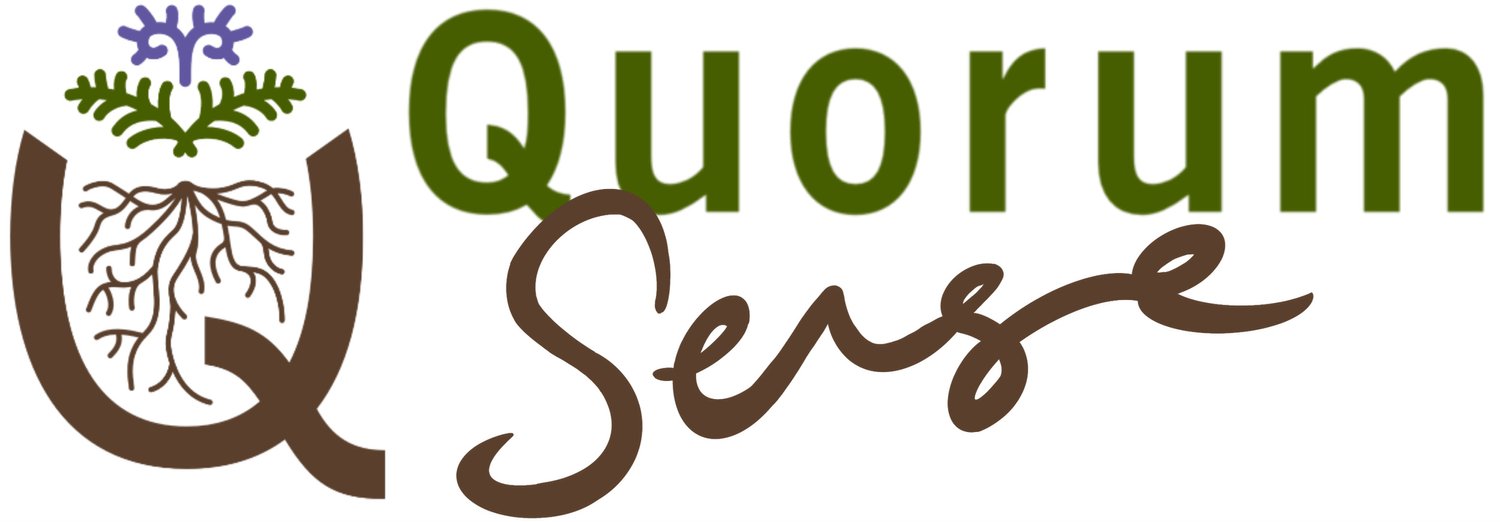What are the principles of regenerative agriculture?
Regenerative Principles help to guide the practices and decisions of farmers / growers seeking to develop regenerative farm systems, and in this sense are not prescriptive rules.
The specific principles seem to vary in language from country to country, organisation to organisation, and farmer to farmer. However there are often common threads between them.
In 2020, a series of focus groups with NZ regenerative farmers identified 11 regenerative principles. These principles can be broken into regenerative mindset principles, focused on human mindset and behaviour, and regenerative practice principles, focused on guiding farm practices. Click this link to explore the background behind these principles in the full report.
Click on images to view larger.
Summary of 11 regenerative principles created from NZ farmer focus groups - the ‘Instructional’ principles on the right are quite similar to the soil health principles (source: Lang, 2021)
Six principles of soil health as defined by US-based Understanding Ag which includes many leading US regenerative agriculture figures.
Regenerative mindset principles
These principles refer to attitudes and behaviours that farmers have found helpful on their regenerative journey. Of course there will be others that could/should be on this list. These behaviours affect everything from strategic decisions through to small everyday actions and go hand-in-hand with regenerative practice principles
The farm is a living system
Living systems are complex and constantly evolving – understanding how nature functions supports holistic decision making.
”…to be regenerative is to look and to acknowledge that nature does have the solutions, rather than to override her with what we think are the right solutions or the right management techniques. It’s almost like we’ve got to think like an ecosystem…”
Question everything
Be curious, question your beliefs and test different ideas.
”How did we go down a road that we believed that just growing ryegrass and clover as a monoculture, mass-production, could in any way, shape or form be beneficial to animals health.
Learn together
Connect with like-minded peers to speed up the learning journey – include perspectives different from your own.
”…openness, which I guess encompasses our curiosity, but openness to be part of the wider community and to be sharing what we’re doing and equally listening to and valuing what other people are doing.”
Failure is part of the journey
Push beyond your comfort zone – small failures provide the best learning opportunities.
”It’s almost enjoyable now to be wrong. And that’s been one of my biggest breakthroughs. Instead of having to prove I’m right… don’t be scared to be wrong. Failure is not failure, it’s just wonderful learning.”
Regenerative practice principles
Plan for what you want, start with what you have
Transitions take time − clear goals, monitoring and planning are key.
”…if you start with a bit of an open mind – it actually leads you down the path of changing your suite of practices…”
Make context specific decisions
Context varies from place to place, person to person and season to season – adapt your system and practices to suit.
”Context is decisive, and it varies from season to season, person to person, area to area.”
Manage livestock strategically/holistically
When managed well and adaptively, livestock are a powerful tool for building biological function and fertility in our soils.
“I believe animals are a huge part and have a huge contribution to the soil health. That’s why we run lambs in our rotation around the cropping system. Basically, to me they are like little fertilisers spreaders…”
Harness diversity
Diversity benefits the whole ecosystem – microbes, insects, plants, birds, livestock and your community.
“Diversity is like our communities. We want as many different services in our communities as possible. The more services we have, the more resilient our communities are. It’s no different in the soil.”
Maximise photosynthesis
Treat your farm like a solar panel – bigger green leaf area supports greater photosynthesis. meaning more food for soil microbes and improved soil health.
”…everyone’s growing grass year-round, they are treating their farm as a solar panel… Do we need to maximise our farm as a solar panel?”
Minimise disturbance
Keep the soil covered and limit disturbance from chemical application, soluble fertiliser, machinery and livestock compaction.
“Having bare soil for microbes is like having humans out in the heat or the cold, naked and without food.”
(Note: Click on any underlined in blue word(s) in the text below to open a definition of that term).
Disclaimer: The information, opinions and ideas presented in this content is for information purposes only and does not constitute professional advice. Any reliance on the content provided is done at your own risk. (click here to view full disclaimer).
Toolbox index
-
Getting started with a regenerative approach to farming
-
Knowing where to start
-
About regenerative agriculture
-
-
Getting to know soil health
-
Soil health
-
Biological nutrient cycling
-
-
Managing your water cycle
-
Farmer experience
-
Exploring diverse crops / pastures
-
What are diverse crops or pastures (and how do I use them?)
-
Selecting, establishing and managing diverse crops and pastures
-
Farmer experience
-
-
Regenerative grazing management
